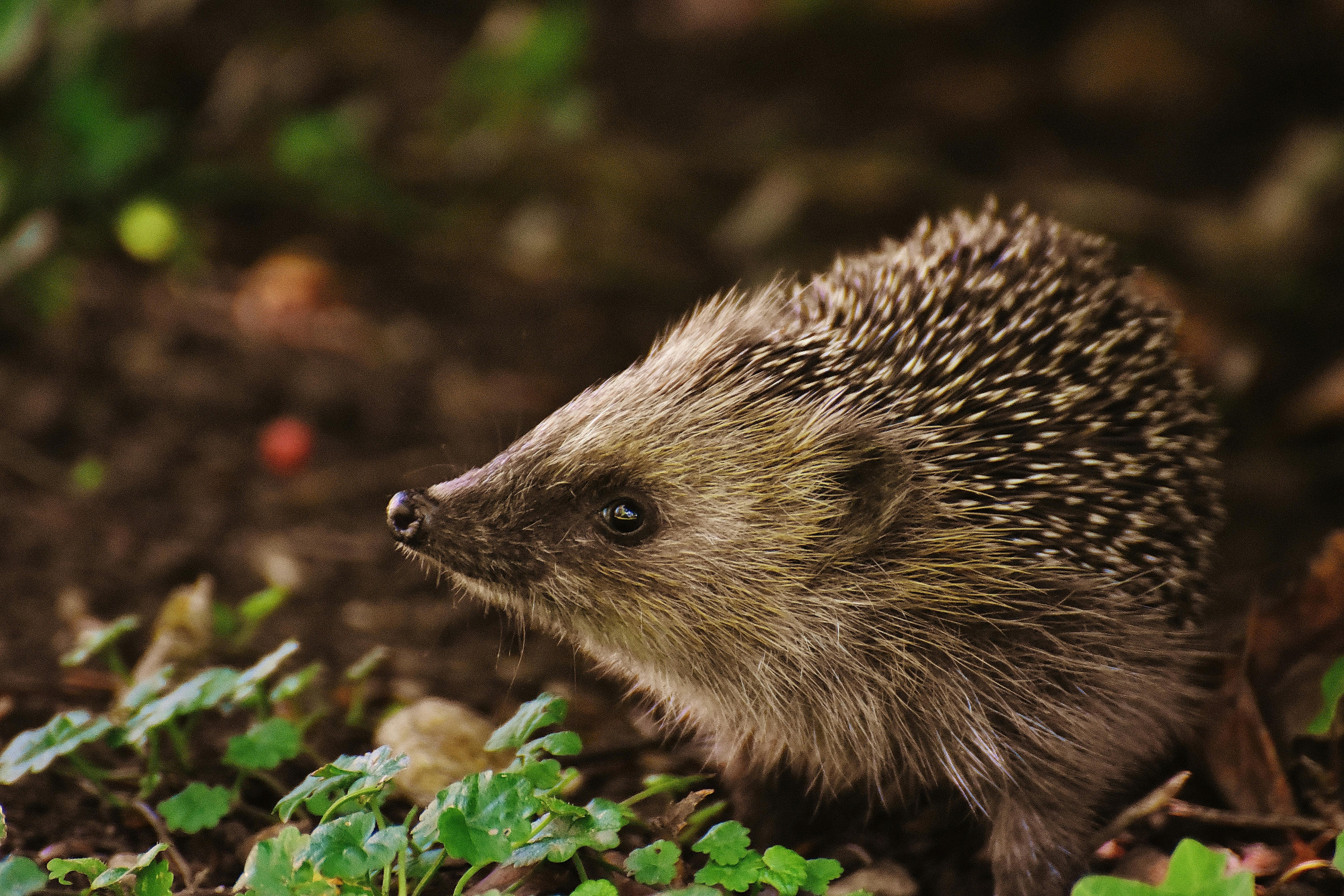Wildlife Corridors: The Lesser-Known Solution to Animal Conservation
Introduction: Wildlife corridors, also known as green corridors, are a relatively unexplored concept in animal conservation. This innovative approach aims to connect fragmented habitats, allowing wildlife to roam freely and thrive. Let's dive into the history, benefits, and recent developments surrounding these lifelines for wildlife.

The Birth of Wildlife Corridors
The concept of wildlife corridors originated in the 20th century when ecologists began to notice the detrimental effects of habitat fragmentation on wildlife populations. Fragmentation, primarily caused by human activities such as deforestation and urbanization, isolates animal populations, making it difficult for them to access resources, mate, and migrate. Wildlife corridors address this issue by creating a continuous stretch of natural habitat, effectively reconnecting isolated patches.
The Efficacy of Wildlife Corridors
Although the idea of wildlife corridors is relatively young, research has already shown promising results. A study conducted in Florida, USA, found that the establishment of green corridors significantly increased the gene flow among Florida panther populations, improving their genetic diversity and overall health. Similar results have been observed in other species, including grizzly bears in Canada and elephants in Africa.
The Economics of Wildlife Corridors
Contrary to popular belief, the establishment of wildlife corridors is not an excessively expensive endeavor. The costs primarily include land acquisition or lease and management expenses. However, these costs are often outweighed by the benefits. Wildlife corridors can boost ecotourism, provide ecosystem services such as pollination and watershed protection, and even mitigate climate change by sequestering carbon.
Recent Developments
Despite the proven efficacy of wildlife corridors, their adoption has been slow. However, there is a growing push for their acceptance and implementation. For instance, in 2020, the U.S. Congress proposed the Wildlife Corridors Conservation Act, which seeks to establish a nationwide system of wildlife corridors. If passed, this would mark a significant step forward in the fight against biodiversity loss.
The Future of Wildlife Corridors
While the future is never certain, there is hope for the expansion of wildlife corridors. Continued research and increased awareness about their benefits can drive policy changes and funding for these projects. As we continue to grapple with the effects of climate change and habitat loss, innovative solutions like wildlife corridors will be crucial in ensuring the survival of our planet’s diverse wildlife.
In conclusion, wildlife corridors offer a promising solution to some of the most pressing conservation issues of our time. By reconnecting fragmented habitats, they enable wildlife populations to thrive. As we move forward, it will be essential to continue supporting and promoting these lifelines for our planet’s wildlife.




